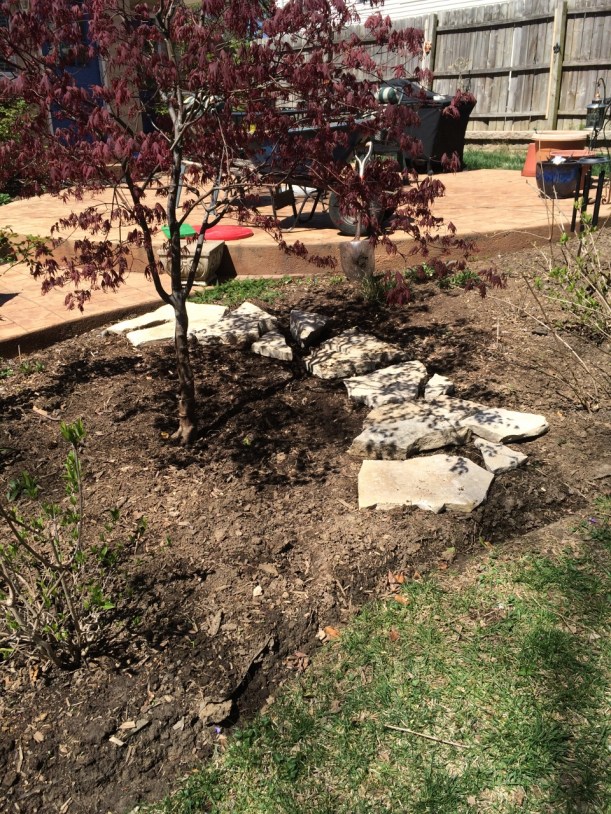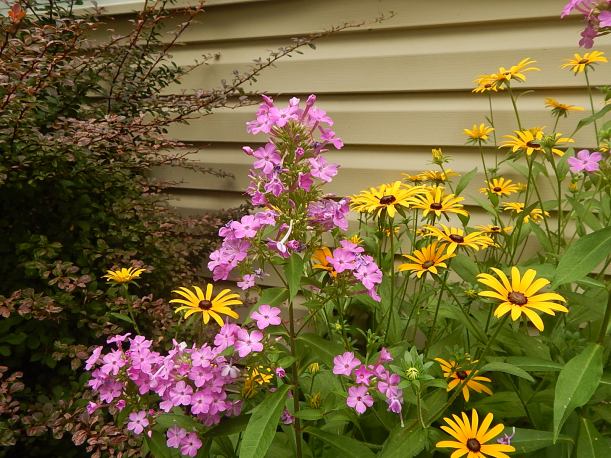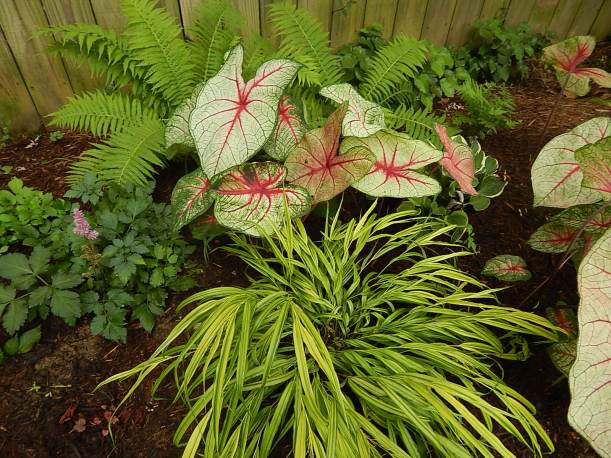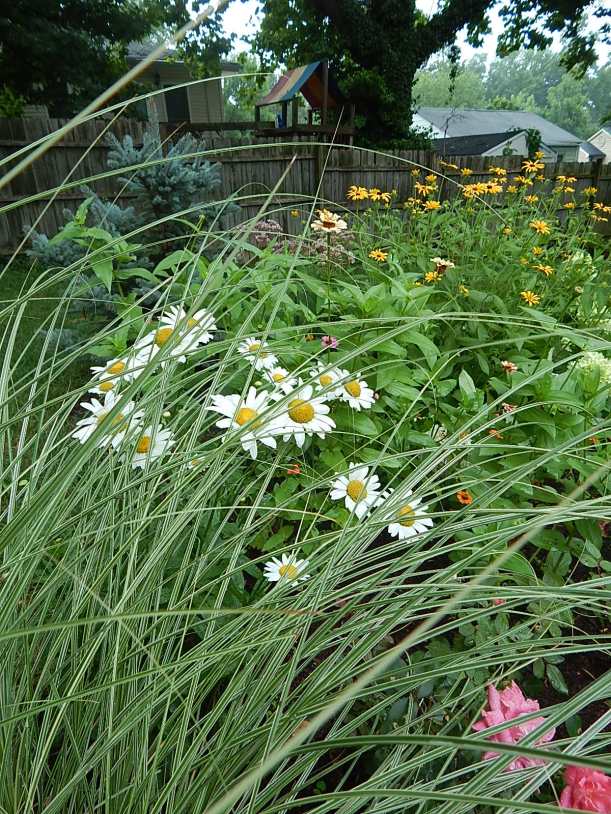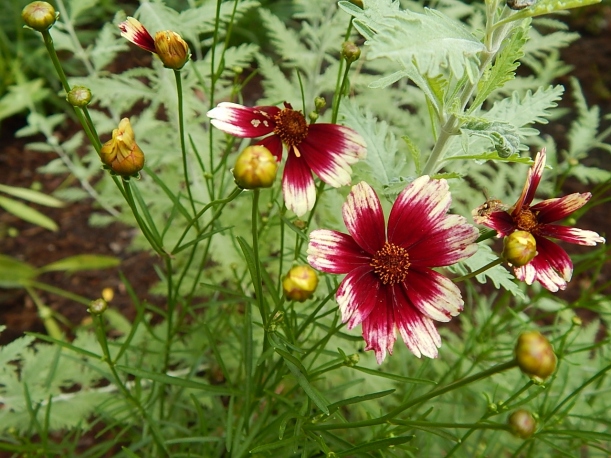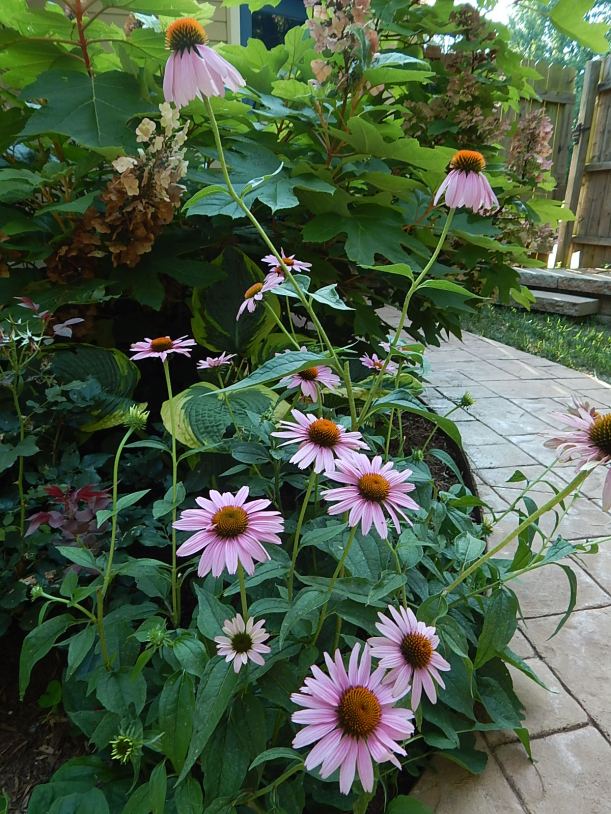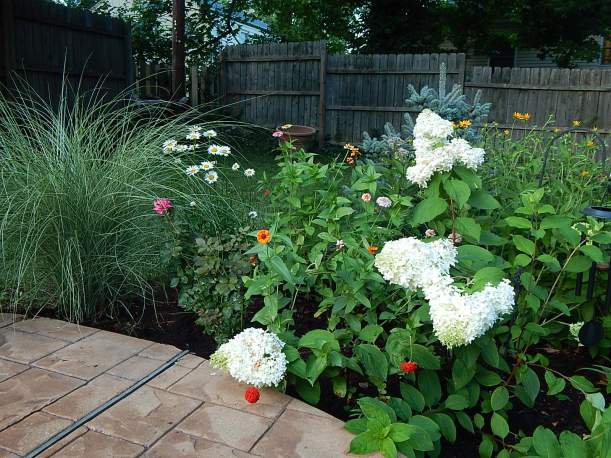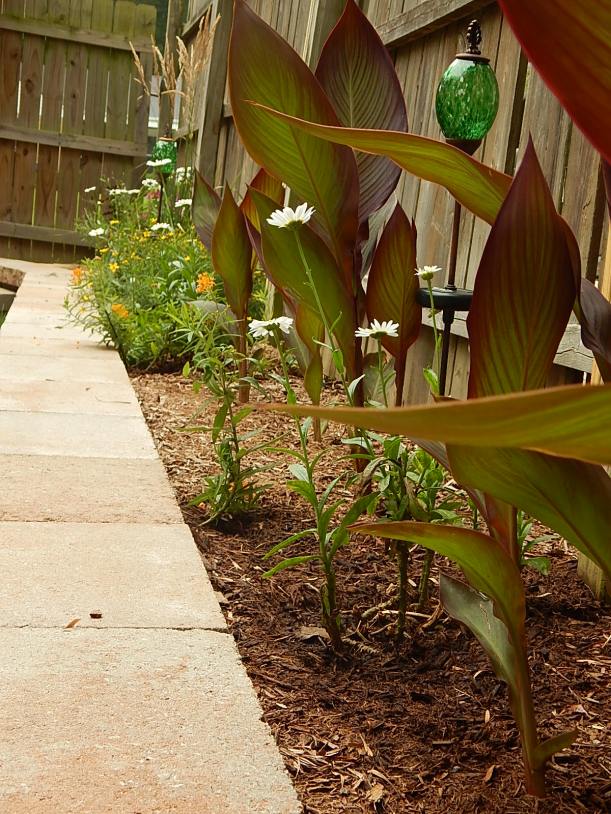
I’ve been on a bit of a bender about my mid-winter ennui. But that is changing now.
I awoke early Sunday and shuffled my way to the kitchen for my slog of coffee–no doubt a scenario many of you are personally familiar with. Awaiting the coffee pot to finish brewing, I gazed out the window into the backyard.
Five years ago the view would have been barren except for the exceptionally large and looming sycamore on the other side of the fence. Today I can keep watch on the row of leatherleaf viburnum planted to shield a low-lying, deeply shaded corner of the yard where nothing grows. Grasses, rose shrubs, and perennials line the edge of the patio. Last spring I replanted (for at least the 5th time) to the edge of the patio two azaleas that I hadn’t yet managed to kill. I’ve got my fingers crossed that they will thank me with fuscia-colored blooms this spring.
And then there’s the paperbark maple (acer griseum), planted in spring 2016, and chosen for its peeling bark feature. From the window she was ablaze from the backlighting of the early morning sun. I mean she was glowing cherry red around the edges of her peeling branches. Beautiful.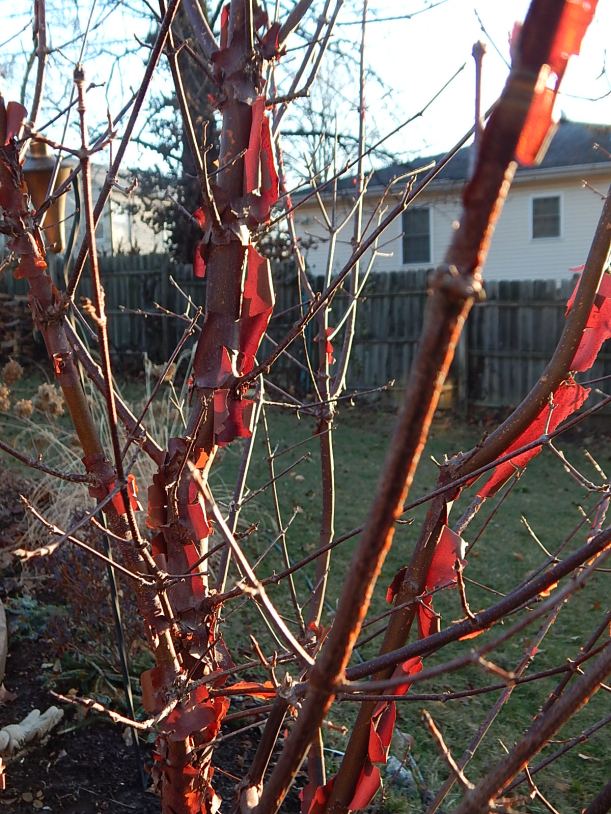 When I bought the tree, the guy at the nursery told me they are slow growers and that it might take a few years for the tree to really exhibit the peeling bark feature.
When I bought the tree, the guy at the nursery told me they are slow growers and that it might take a few years for the tree to really exhibit the peeling bark feature. 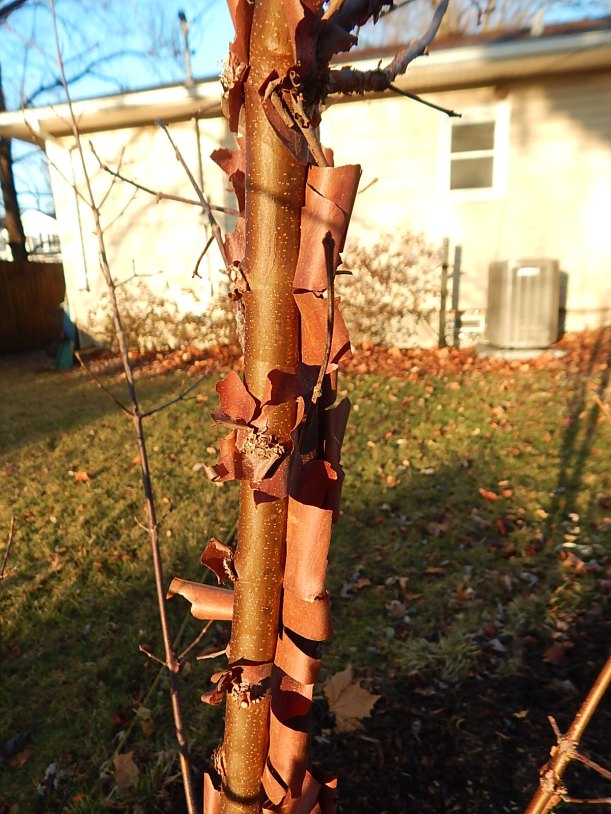 This is a view of the bark facing west with the sun at its back As you can see there is lots of peeling going on. What a cool tree.
This is a view of the bark facing west with the sun at its back As you can see there is lots of peeling going on. What a cool tree.
And yes, dear reader, there is winter interest…in my own backyard!



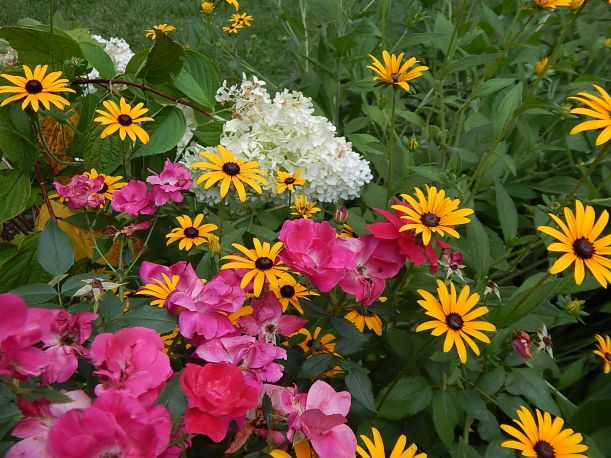




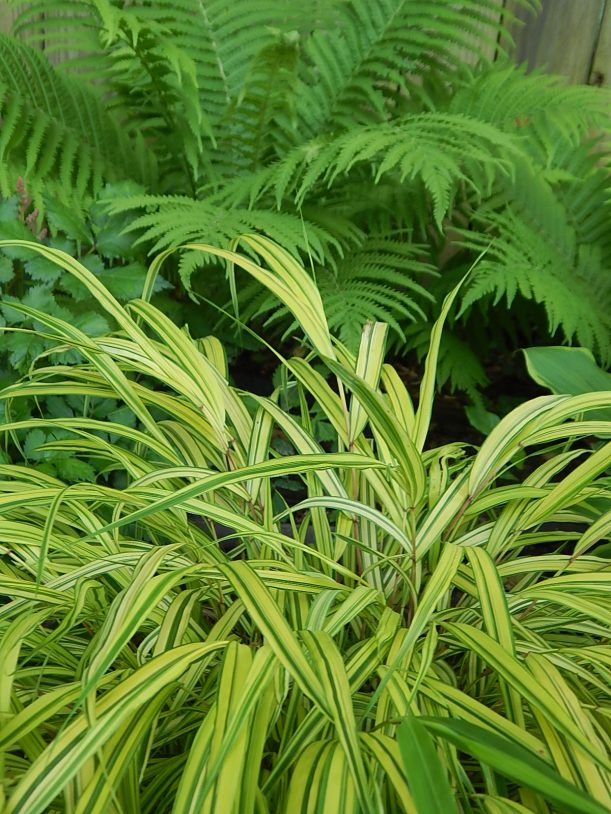



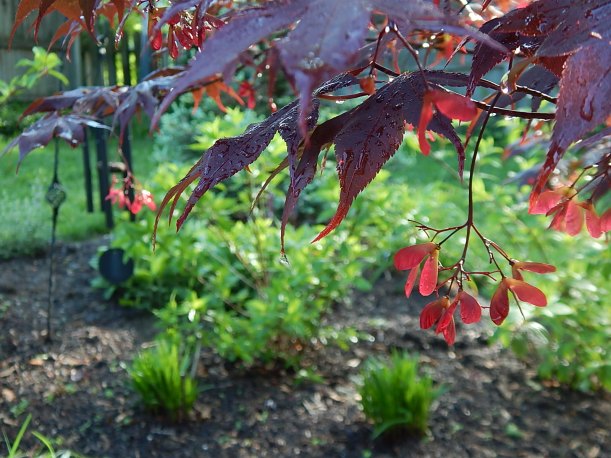
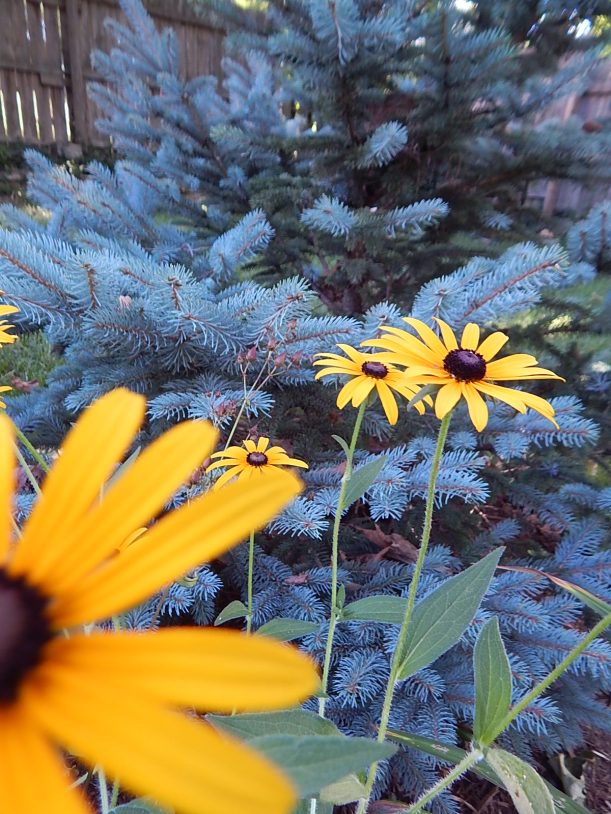
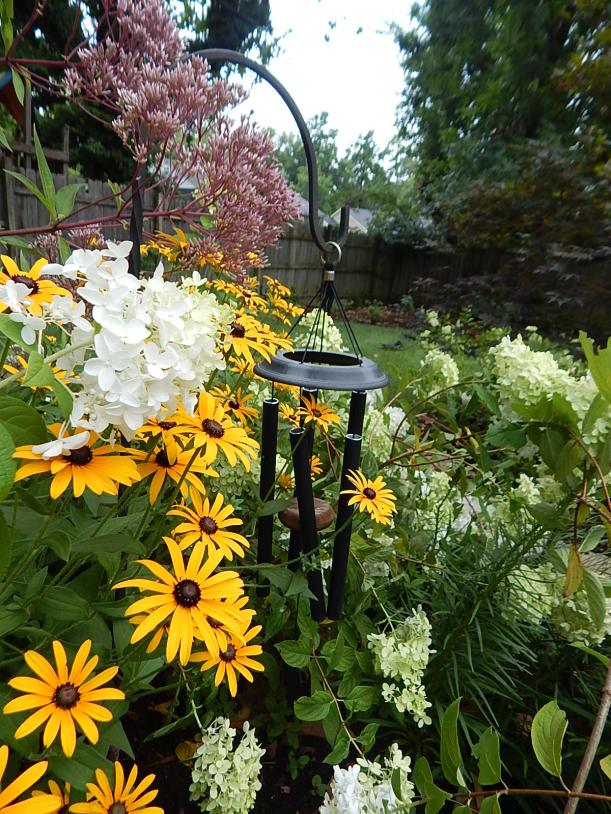
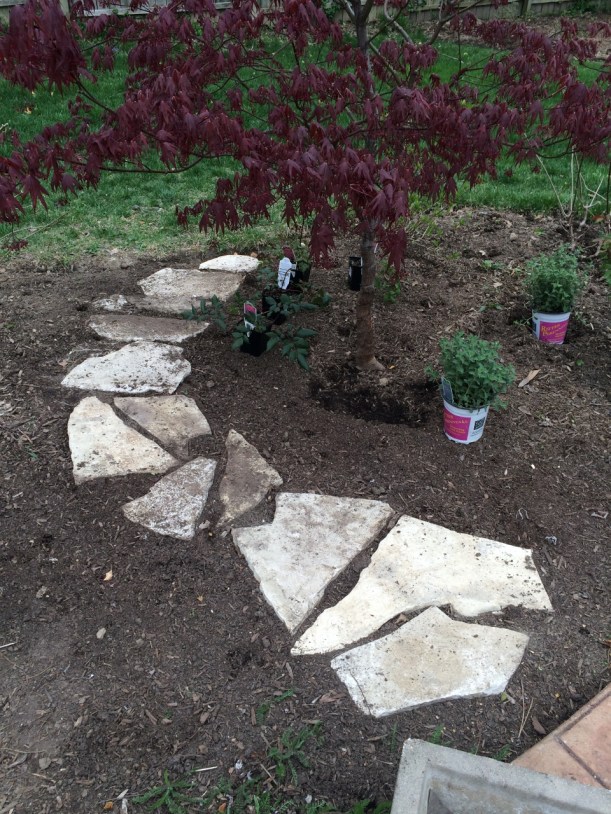 I’ve embarked on a garden improvement plan, but then what gardener hasn’t? Tired of struggling with the slow fill in of the big bed that runs the length of the patio, I decided it needed some help filling in and plants weren’t going to do it.
I’ve embarked on a garden improvement plan, but then what gardener hasn’t? Tired of struggling with the slow fill in of the big bed that runs the length of the patio, I decided it needed some help filling in and plants weren’t going to do it.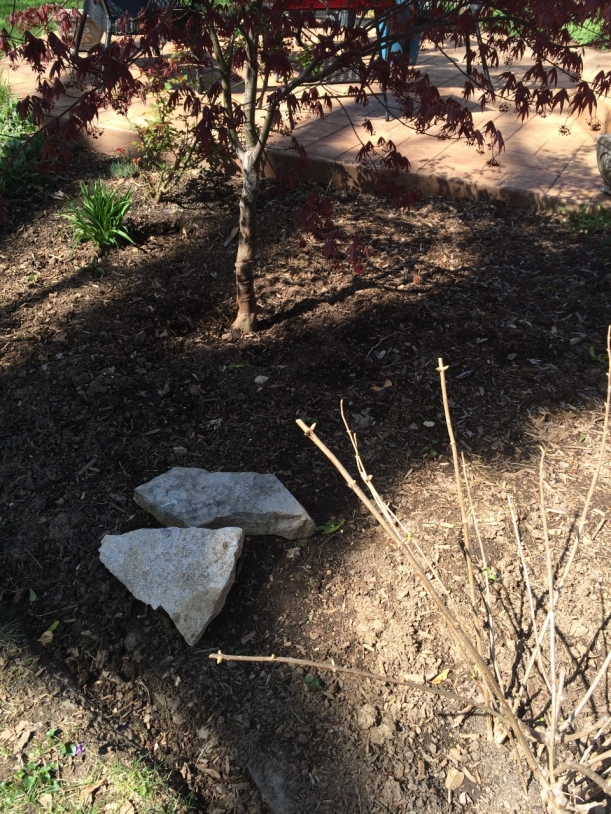 Suddenly I was left with lots of space around the tree. And I discovered two flagstone castoffs in the back of the yard. Well, you know the rest of the story. A quick trip to the nearby materials supply store and I was off to the races. Fortunately the ground is still soft and the soil is pretty good–not the rock hard, compacted clay I encountered when I started this bed in 2012.
Suddenly I was left with lots of space around the tree. And I discovered two flagstone castoffs in the back of the yard. Well, you know the rest of the story. A quick trip to the nearby materials supply store and I was off to the races. Fortunately the ground is still soft and the soil is pretty good–not the rock hard, compacted clay I encountered when I started this bed in 2012.